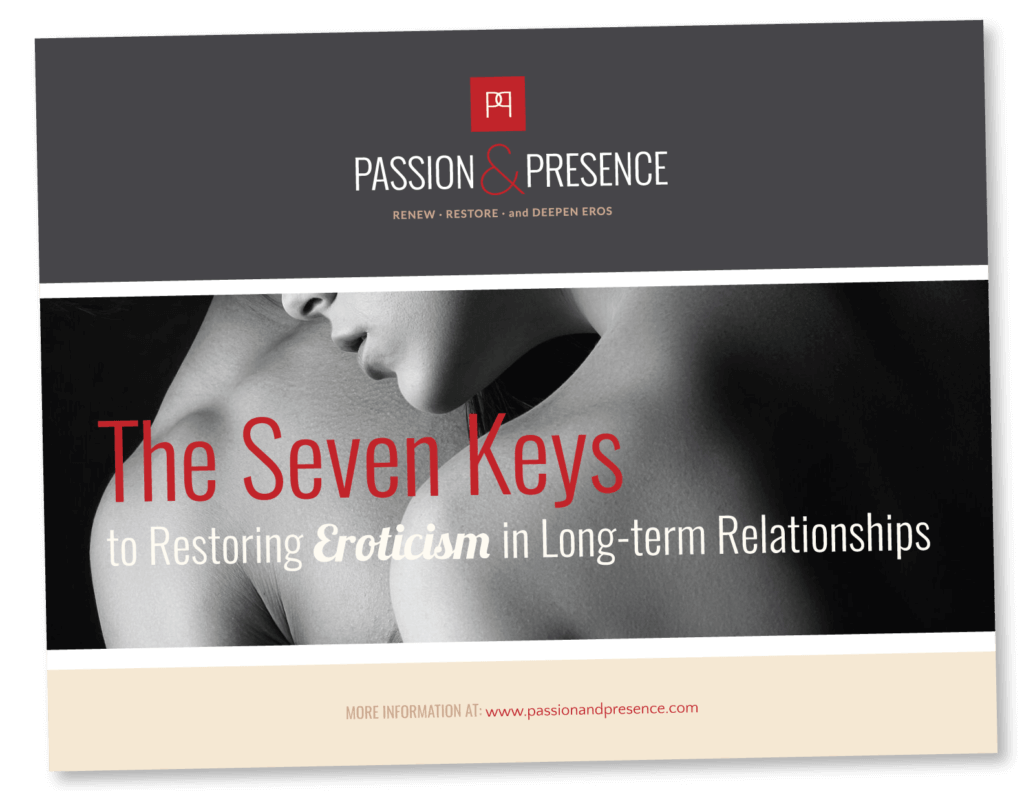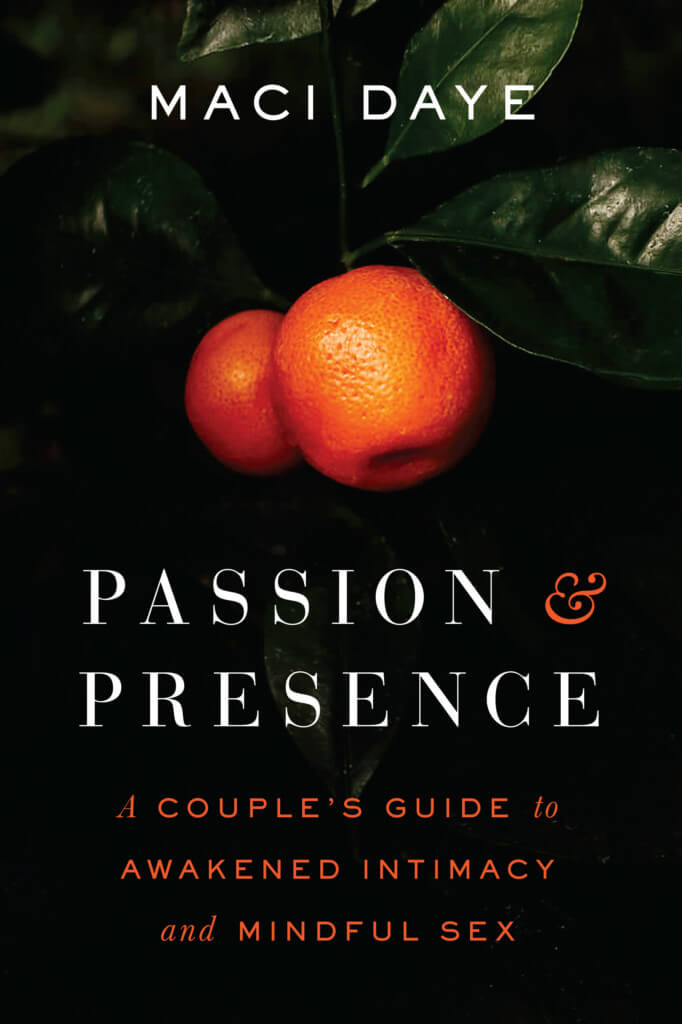If you’re a woman who sleeps with men, you’ve probably heard of—or experienced–the Orgasm Gap. Also known as the Pleasure Gap, it describes the disheartening reality that men climax much more regularly than women do during partner sex. And while statistics show that hetero hookups fare poorest for women, the odds improve only somewhat for women in long-term relationships.
The Golden Trio
Becoming informed about the clitoris and learning pleasuring techniques can help close the Gap. While only 35% of women orgasm through vaginal sex alone, as many as 91% of queer women and 80% of heterosexual women climax with the “Golden Trio.” The trio consists of oral and manual genital stimulation, combined with deep kissing.
While a better technique combined with “cliteracy” can increase the chances of orgasm, it’s easy for this to become part of a goal-driven sexual agenda. “Couples can become trapped in a linear focus on intercourse and orgasm that bypasses eroticism,” claims Esther Perel. Marsha Lucas puts it this way: “Orgasm can obscure everything else that is along the path. Mindfulness helps you see what else is there.”
How Can Mindfulness Close the Gap?
Giving up the pursuit of orgasm can seem like the last way to reach one. However, studies from Dartmouth indicate that women who meditate have more intense orgasms than non-meditators. Chasing orgasms can chase them away, while orienting to the present increases your chances of having one. As I’ve written elsewhere, it’s about “Getting Here” rather than “Getting Off.”
Mindfulness and Pleasure
Women who practice mindfulness enjoy sex more because they are able to experience pleasure. This is what Lori Brotto believes and she has statistics to prove it. Brotto and her colleagues at the Sexual Health Laboratory at the University of British Columbia have developed several mindfulness-based programs to reconnect women to their eroticism after gynecologic cancer. By all measures, her programs are effective in helping women not only attune to pleasure but to also feel sexy in their post-surgical bodies. Her research shows that mindfulness is also a boon in the treatment of low desire, pain, and other sexual dysfunctions.
Making Pleasure an Inside Job
We are all born with Erotic Potential, and mindfulness allows us to explore the factors that stand in the way of its innate longing for expression. One barrier is what I call the outside-in approach to sexuality. For years, women have learned how to look sexy without feeling sexual pleasure. Mindfulness can change that by helping women become acquainted with their unique pleasure circuitry.
What stands in the way of erotic, fulfilling sex?
At our Passion & Presence retreats, we use mindfulness to smoke out the many “hidden factors” that lead women (and men) away from their Erotic Potential. These sex-negative imprints include wounds from childhood and messages that cause us to unconsciously block sensation, avoid intimacy, and feel shame when we surrender to pleasure.
Let’s look at a couple who came to a recent retreat, as their struggles may be a lot like yours.
Bella and Tom
Before marriage, Bella and Tom had passionate sex, and Bella climaxed regularly. However, after the birth of their two children, sex was infrequent, and Bella found it harder to orgasm.
Bella realized that she had been raised to be “other-directed.” I’ve written about how even today girls are encouraged to put themselves last when it comes to sex. Women do this too when they become solely identified with their roles as mothers. Bella was unable to enjoy receiving genital stimulation from Tom because she was afraid she would take too long to become aroused. During an exercise at our retreat, she also noticed that her body stays tense at such times and that she is thinking about what will happen next.
The Pleasure Barrier
Through a variety of mindfulness exercises, Bella discovered that this pattern went back to childhood. At our retreat, several long-forgotten memories came to mind of being criticized as a child when she was idle or lost in daydreams. For little Bella, relaxing became associated with “being lazy.” Surrendering control by receiving pleasure ran counter to her lifelong strategy of staying mobilized and ready for action. Once Bella realized this as a felt experience in her body (not just intellectually), she decided to change course.
Putting pleasure first
Bella began an ongoing practice of turning towards pleasures, big and small, as part of her daily mindfulness practice. She came to notice how her senses were the portal to pleasure as she felt sensations of warmth on her skin and other good feelings inside of her body. Tom also learned how to enjoy pleasure throughout his body, not just around his genitals. With a new focus on pleasure first, both were happy if they orgasmed, but this was no longer the measure of a successful sexual encounter.
Coming off of Automatic
Bella and Tom are wakeful during sex now. They can tell when they are falling into habitual roles around giving and receiving. Sometimes Bella prefers to give, but this is a choice rather than a default setting. At those times, she enjoys the experience rather than “switching off” her sensations in service of Tom’s pleasure. A new level of collaboration has brought more intimacy into their marriage and deepened their connection inside and outside of the bedroom.
If you want more pleasure and connection as a couple, I urge you to attend our retreats. The next Foundation retreat will be in 2019.













